A Brief History of Oceanography
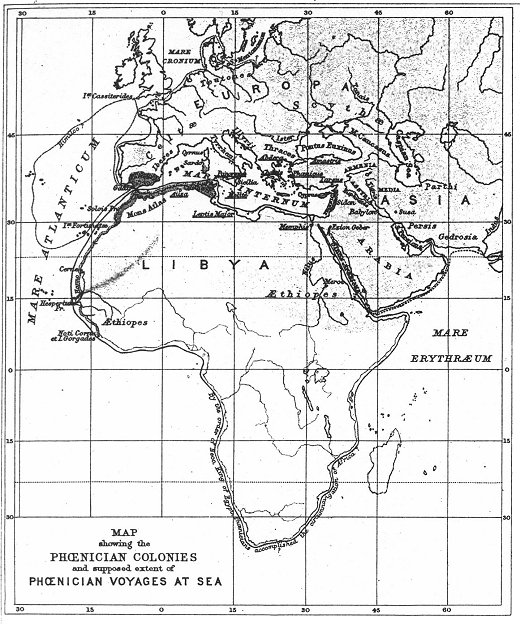
Modified from The Challenger Reports (summary), 1895
Human populations through time have often flourished near the sea, partly because of the food resources that can be found there, but also because of the ease of transportation of people and cargo by boats. Observations about various organisms and environments were of course a major part of human activities since the earliest times, since the very survival of early Homo sapiens depended on this knowledge to obtain food and provide defense against dangerous plants and animals.
Near the end of the bronze age, the Egyptians were not a maritime people, and the Greek and Hebrew civilizations had not yet developed to the point where they could make extensive sea voyages ( and no written records are known from that time. ) the Phoenicians, however, were accomplished navigators and sailors, and made voyages throughout the Mediterranean for the establishment of colonies and commerce. They made voyages outside the Straits of Gibraltar, into the Atlantic, and made extensive voyages along the coast of Africa. They apparently recognized the higher tides of the Atlantic, and considered the possibility of a water mass that surrounded all lands. During the bronze age, the Minoans of Crete and later the Mycenaean Greeks must also have made voyages within the Mediterranean. The Homeric poems, written several hundred years later by Homer, as the Iliad and Odyssey, describe events around 1200 BC, and involve fairly extensive sea voyages ( at least for that era. )
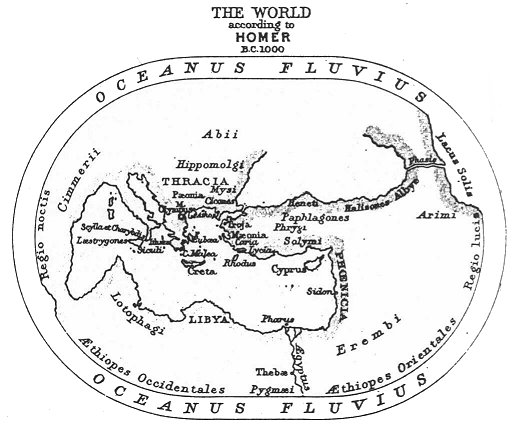
Modified from The Challenger Reports (summary), 1895
After the Mycenaean civilization collapsed in the twelfth century BC, Greece entered a dark age about which little is known until about the eighth century BC. The map above shows the world known to Homer at about that time, and shows that knowledge of the seas was centered in the Aegean, and extended generally throughout the eastern Mediterranean. The Greeks of that time imagined the world to be a large disk with upturned edges, with the center of the disk in the Aegean, surrounded by a river. Although the Phoenicians had traveled into the Atlantic centuries earlier, the Greeks were probably unfamiliar with the Atlantic Ocean, or any seas beyond the Mediterranean.
Between the eighth and sixth centuries BC, Greeks of the historic period began voyaging more extensively beyond the Aegean, although not venturing out of the Mediterranean until the fourth century BC. The Carthaginians ( descended from the Phoenicians ) also made extensive voyages during this time, both to the south along Africa and northward along the coasts of northern Europe. They may also have reached as far west as the Sargasso Sea. In the seventh century BC, the Egyptian Pharaoh Nacho sent Phoenician voyagers on what may have been a complete circumnavigation of Africa. However, most voyages of this era and earlier were not intended to investigate natural phenomena beyond what was necessary for navigation to distant lands.
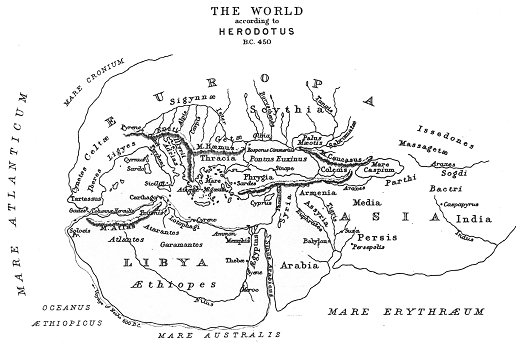
Modified from The Challenger Reports (summary), 1895
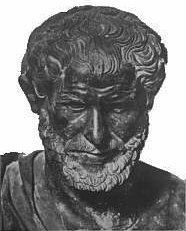
Modified from Singer, 1921
About this time, however, observations of natural phenomena related to the seas and oceans began to be written down. Herodotus, around 450 BC, wrote of the regular tides in the Persian Gulf, the deposition of silt in the Nile Delta, and uses the term "Atlantic" for the first time to describe the western seas. In the fourth century, the Phocaean colonists of Massila (Marseilles), sent the Greek astronomer Pytheas on a voyage out of the Pillars of Hercules (Gibraltar), where he traveled to Britain, Germany, and the Baltic Sea. He describes conditions in a distant far northern sea, which may have been in the Arctic. He describes it as having a 24 hour day at the summer solstice, and water being thick and gelatinous like a jellyfish ( these waters are at times thick with gelatinous organisms of various kinds. )
Written records of significant biological observations concerning marine organisms began with the early Greek philosophers, most notably Aristotle. Aristotle (384-322 BC) was the most famous student of Plato's. Plato considered intuition as the basis of knowledge. Aristotle, however, disagreed with his teacher and the Platonic school, and felt that accurate observation and description of nature, as well as inductive reasoning and interpretation, were the only way to advance understanding of the natural world. Thus although Aristotle made many observations that were relatively accurate, his greatest contribution to science was his approach, which was the forerunner of the modern scientific method. More remarkably, Aristotle had no real teachers, predecessors, or body of scientific knowledge to build on - he was literally the first ( of record ) to begin such studies, thus earning the title of "Father of Natural History". He himself was quite aware of his position as one of the first of his kind, and also of the humble nature of these first studies. He wrote:
"I found no basis prepared; no models to copy ... mine is the first step, and therefore a small one, though worked out with much thought and hard labor. It must be looked at as a first step and judged with indulgence."
Aristotle made a number of important contributions to oceanography and marine biology. The second book of his Meteorology begins with what is essentially a treatise on oceanography. He regarded the earth as a sphere ( contrary to the popular view at the time that the earth was circular ), since things gravitated towards the center, and because of the shadow cast by the earth during eclipses. Aristotle was also the first to record speculations about the bathymetry of the various seas. He also recognized that the seas and continents are slowly changing through time, remarking that the Sea of Azov was slowly filling and would eventually become land. Aristotle also described and named 24 species of crustaceans and annelid worms, 40 species of mollusks and echinoderms, and 116 species of fish (all from the Aegean Sea). He recognized cetaceans ( dolphins, whales, etc. ) as mammals, and accurately described many groups of vertebrates as oviparous or viviparous.
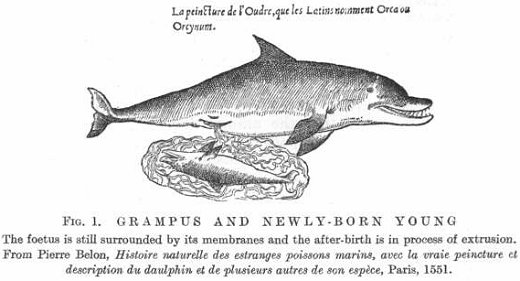
Until the renaissance period, very few original studies were carried out, since it was the prevailing view that Aristotle had already discovered and described everything there was to know about natural history. However, a number of Arabian scientists, as well as some monks in Italy, Britain, and elsewhere, translated and preserved classical studies such as Aristotle's, and conducted limited investigations in natural history. Renewed interest in natural history began to increase by the 16th century, and over the next few hundred years, there were many studies carried out by what we would today call amateur naturalists. These were usually professional men in other fields, often physicians or explorers, but generally were individuals not specifically employed to carry out natural history studies. Notable among these are the explorations of Humboldt and of James Cook, who made extensive voyages and observations of the natural world.
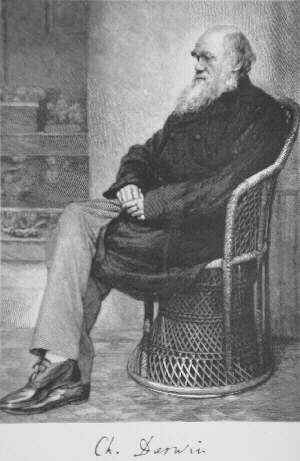
A British naturalist, Edward Forbes (1815-1854) is considered by many to be the founder of the science of oceanography and marine biology. Unfortunately, he is best known for his "azoic theory", which stated that marine life did not exist on sea beds at depths over 300 fathoms (1800 feet). This was soon to be disproved but does not diminish the many significant accomplishments of his career. A surgeon and amateur naturalist of about the same time, J. Vaughan Thomson, collected and studied marine plankton off the Irish coast ( and was the first to describe the planktonic stages of crabs ) in 1828. In general, the pace of oceanographic and marine biological studies quickly accelerated during the course of the 19th century.
One of the early professional naturalists that made significant contributions to marine biology was Charles Darwin. Darwin, most famous for his later works on theories of evolution, was commissioned early in life as a naturalist on the H.M.S. Beagle expeditions (1831-1836). Darwin collected and studied numerous marine organisms during this famous voyage, which eventually lead to his famous subsidence theory of coral reef formation for atolls and a classification of barnacles that is still useful today. Observations he made on the Beagle expedition also provided him with the ideas that he later used to formulate his theory of evolution and natural selection.
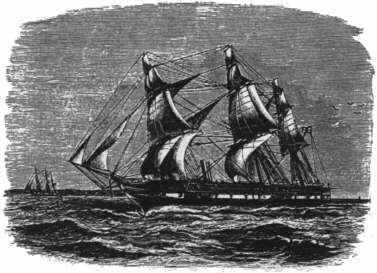
The British ship H.M.S. Challenger investigated the oceans worldwide between 1872-1876, finding a large number of new species. Sir Charles Wyville Thomson, Professor of Natural History at the University of Edinburgh, and director of the civilian scientific staff on the Challenger, published the findings of the Challenger expedition in a series known as the Challenger Reports.
Until the middle of this century, marine biologists relied primarily on nets, grabs, and dredges to collect samples in almost every marine habitat except the intertidal zone, where collections could also be made by hand and organisms could be directly observed. As an example of the ships and techniques, the U.S.S. Albatross of the United States Fish Commission carried out a number of expeditions from 1887 to 1925. Some of the equipment used on the Albatross are pictured below.
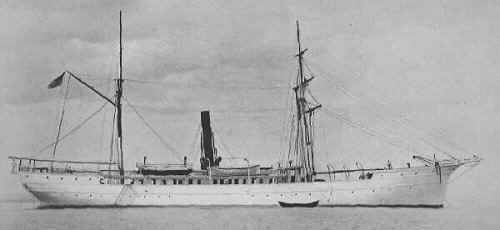

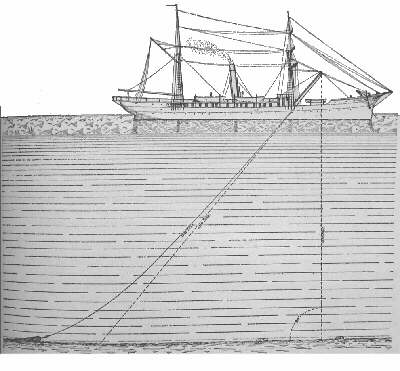
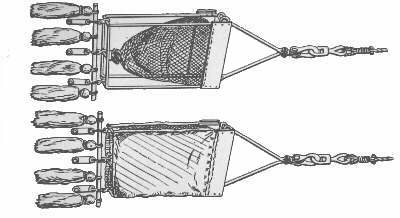
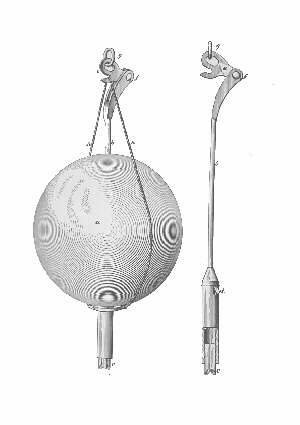 Sounding device and sampling cup used on the U.S.S. Albatross | 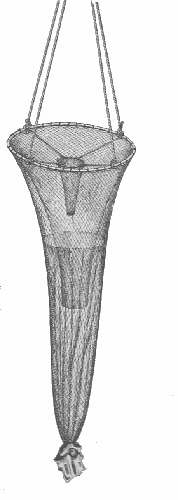 Surface tow net used on the U.S.S. Albatross |
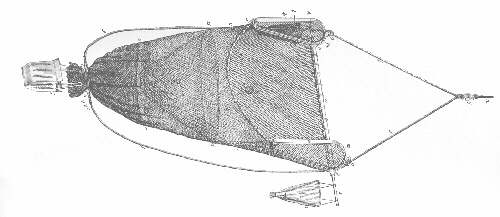
In 1934, zoologists William Beebe and Otis Barton were the first to observe relatively deep-sea habitats directly aboard the "bathysphere", which remained tethered to a surface ship during the entire dive. They reached a depth of 923 meters (3,072 feet). The advent of modern Self-Contained Underwater Breathing Apparatus (SCUBA), underwater photography, and manned submersibles have allowed us to see firsthand much of the marine environment that we previously could not observe.
The development of a wide variety of electronic measuring devices and instruments, unmanned submersibles, and remote sensing by satellites and aircraft has also greatly increased our ability to measure and study parts of the marine environment that are difficult to observe in person. Even so, because of logistical problems associated with conducting research in much of the marine environment, our knowledge of conditions in most of the seas and oceans lags behind our knowledge of the terrestrial environment.
A brief synopsis of some key people, events, and expeditions:
- 384-327 B.C. - Aristotle ( and students )
Aristotle and other early Greek philosopher-naturalists made a number of observations about plants and animals, including those of the seashore. - 1815-1854 - Edward Forbes ( UK )
British naturalist, Forbes is considered by many to be the founder of the science of oceanography and marine biology. Unfortunately, he is best known for is "azoic theory", which stated that marine life did not exist on sea beds at depths over 300 fathoms (1800 feet). This was soon to be disproved. - 1828 - Early plankton studies ( UK )
A surgeon and amateur naturalist, J. Vaughan Thomson collected and studied marine plankton off the Irish coast, and was the first to describe the planktonic stages of crabs. - 1831-1836 - the Beagle expedition ( UK )
The British naturalist Charles Darwin collected and studied numerous marine organisms during this famous voyage, which lead to his famous subsidence theory of coral reef formation for atolls, and a classification of barnacles, as well as the theory of evolution, and many other works. - 1847 - Diatoms identified as plants ( UK )
Joseph Hooker realized that planktonic diatoms were plants, and suggested that they play the same ecological role in the sea that green plants do on land. - 1872 - Statzione Zoologica de Napoli established ( Germany )
The German zoologist Anton Dohrn established this early marine biological station, which was among the first to routinely accept visiting scientists from other countries. - 1872-1876 - Challenger expedition ( UK )
The first oceanographic expedition to circumnavigate the world, it traveled to all the major oceans except the Arctic. Usually considered the first "modern" oceanographic expedition because it standardized methods to collect data and investigated aspects of physics, chemistry, biology, and geology. The final report consisted of more than 50 volumes, and established the existence of life at extreme depths. - 1873 - First marine biological laboratory in the United States established
Luis Agassiz established the Anderson school in Penikese, the first marine biological laboratory in America. It was later to evolve into the MBL at Wood's Hole. - 1873 - Early textbook in oceanography ( UK )
Charles Wyville Thomson, A professor of natural philosophy at the University of Edinburgh, published one of the first textbooks in oceanography, The Depths of the Sea - 1877-1886 - Blake expedition ( USA )
Collections were made in the Caribbean and Gulf of Mexico by dredging. - 1886-1922 - Expeditions Princesse Alice I and II, Hirondelle I and II ( Monaco )
A series of expeditions that made many deep sea collections. - 1887-1925 - Albatross expeditions ( USA )
This expedition made numerous collections in the Pacific and Indian Oceans. - 1888 - Marine Biological Laboratory (MBL) at Woods Hole established ( USA )
MBL began operation ( incorporated on March 20, 1888 ) with two instructors, eight students, and seven investigators. - 1888 - Marine biological laboratory established in Plymouth ( UK )
This laboratory was established by the Marine Biological Association of the United Kingdom. - 1889 - National expedition ( Germany )
This expedition made a variety of plankton collections. - 1898-1899 - Valdivia expedition ( Germany )
Made many deep sea collections, and studied the vertical distribution of pelagic organisms. - 1902 - ICES established ( Sweden )
The International Council for the Exploration of the Sea was established by King Oscar II of Sweden. - 1904-1913 - Michael Sars Expedition ( Norway )
This expedition made many collections from the North Atlantic. - 1906 - Oceanographic museum and aquarium in Monaco established
An avid student of marine science, Prince Albert I of Monaco established this museum and aquarium for his collections from his research expeditions. - 1921-1936 - Dana I and II expeditions ( Denmark )
Made deepwater collections from around the world, also conducted fisheries research. - 1924 - the Scripp's Institution of Oceanography established ( USA )
Scripp's was established in La Jolla, California, derived from a research organization founded in 1905 by William Ritter, a student of Alexander Agassiz. - 1925-1939 - Discovery I and II expeditions ( UK )
Studied the ecology of the Antarctic. - 1925-1938 - Meteor expeditions ( Germany )
Biological studies of the Atlantic. - 1934 - Bathysphere descent ( USA )
Zoologists William Beebe and Otis Barton were the first to observe relatively deep sea habitats directly aboard the "bathysphere", which remained tethered to the surface ship during the entire dive. They reached a depth of 923 meters (3,072 feet). - 1950-1952 - Galathea expedition ( Denmark )
Made deepwater collections from around the world, up to 10 km depth. - 1957-1960 - Vitiaz Expedition ( USSR )
This expedition focused on the biology of deep-sea trenches. - 1960 - Trieste bathyscaphe dive ( USA )
A United States and Swiss team made the deepest manned dive, to 10,916 meters depth in the Marianas Trench. - 1977 - Discovery of deep-sea thermal vents ( USA )
The manned submersible Alvin (USA) discovered the existence of unique communities of organisms around deep-sea thermal vents.
copied from: University of California Online Course in Marine Biology
[ https://meer.org ]
